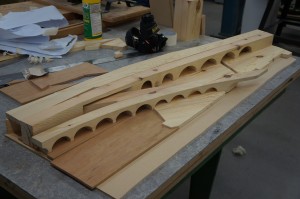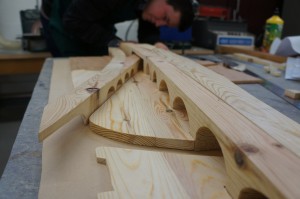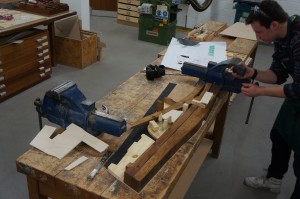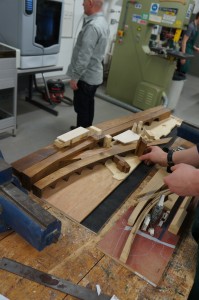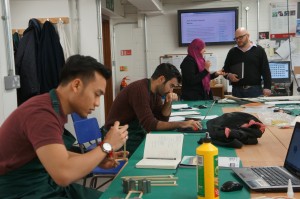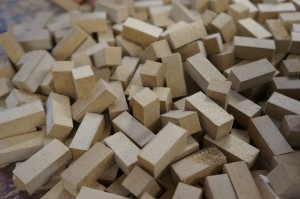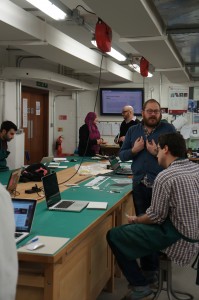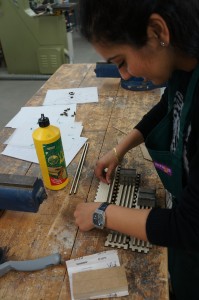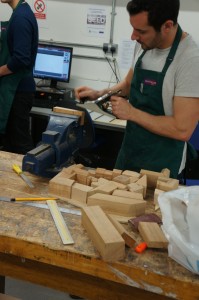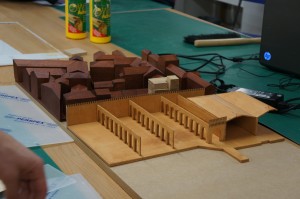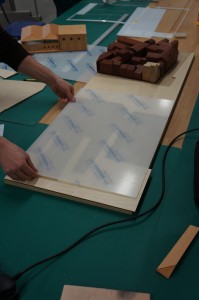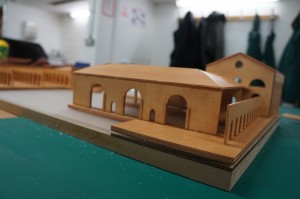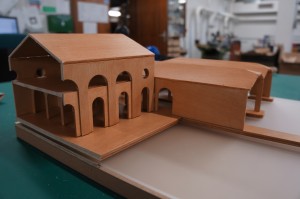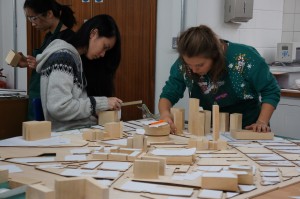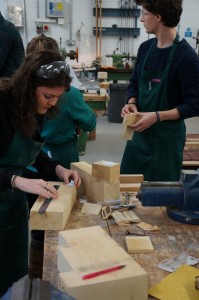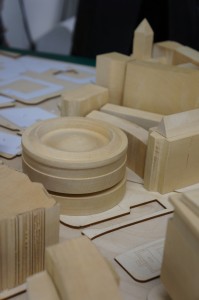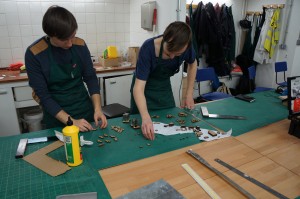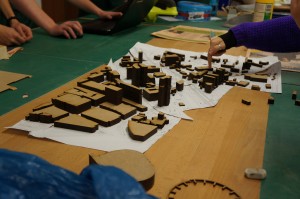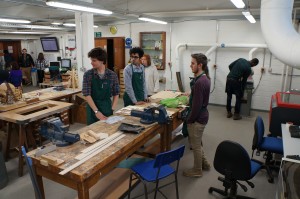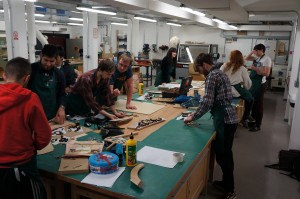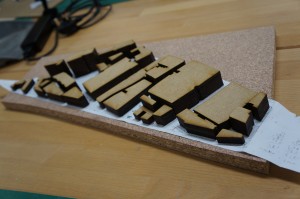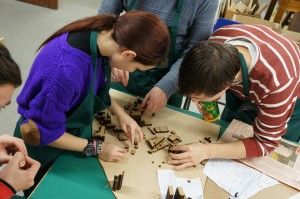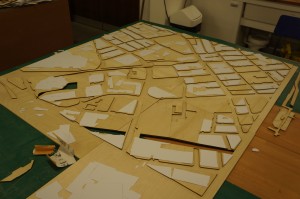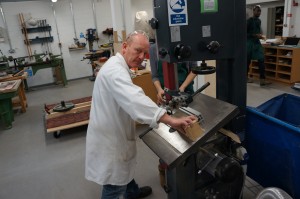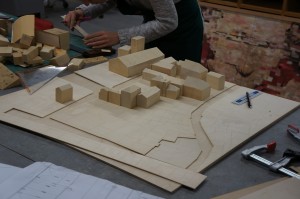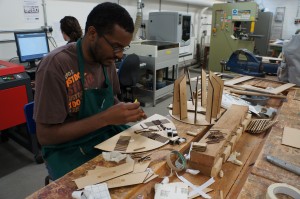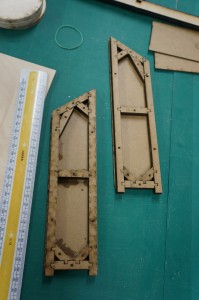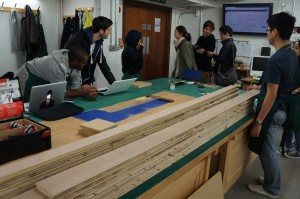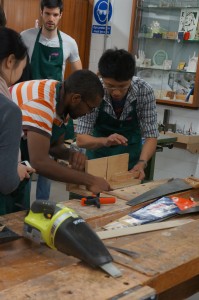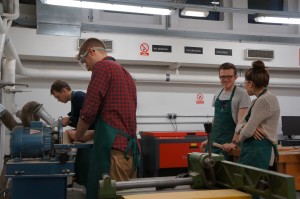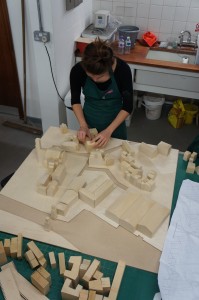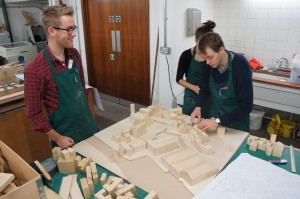 As we have documented since the start of this academic year, the poppy pavilion project has taken many hours of development and construction to create. Much of the final structure assembly was completed in our store space due to the sheer size of the piece. Alex, Lorena and Nancy assembled of structure in two main parts before transportation to the site. Â
As we have documented since the start of this academic year, the poppy pavilion project has taken many hours of development and construction to create. Much of the final structure assembly was completed in our store space due to the sheer size of the piece. Alex, Lorena and Nancy assembled of structure in two main parts before transportation to the site. Â 
 The group met on a cold and rainy February morning to assemble the pieces at Dunham Massey National Trust park. The poppy was anchored using 3 fence piles which were fixed to the bottom of the structure. The final assembly too a full day and another morning to complete not to mention some frozen hands by all accounts!
The group met on a cold and rainy February morning to assemble the pieces at Dunham Massey National Trust park. The poppy was anchored using 3 fence piles which were fixed to the bottom of the structure. The final assembly too a full day and another morning to complete not to mention some frozen hands by all accounts!
The completed structure held its form well and had withstood the recent stormy weather with no problems. The structure along with the other Pavilion projects can be seen on display at Dunham Massey over the coming months.
Well done all involved!









